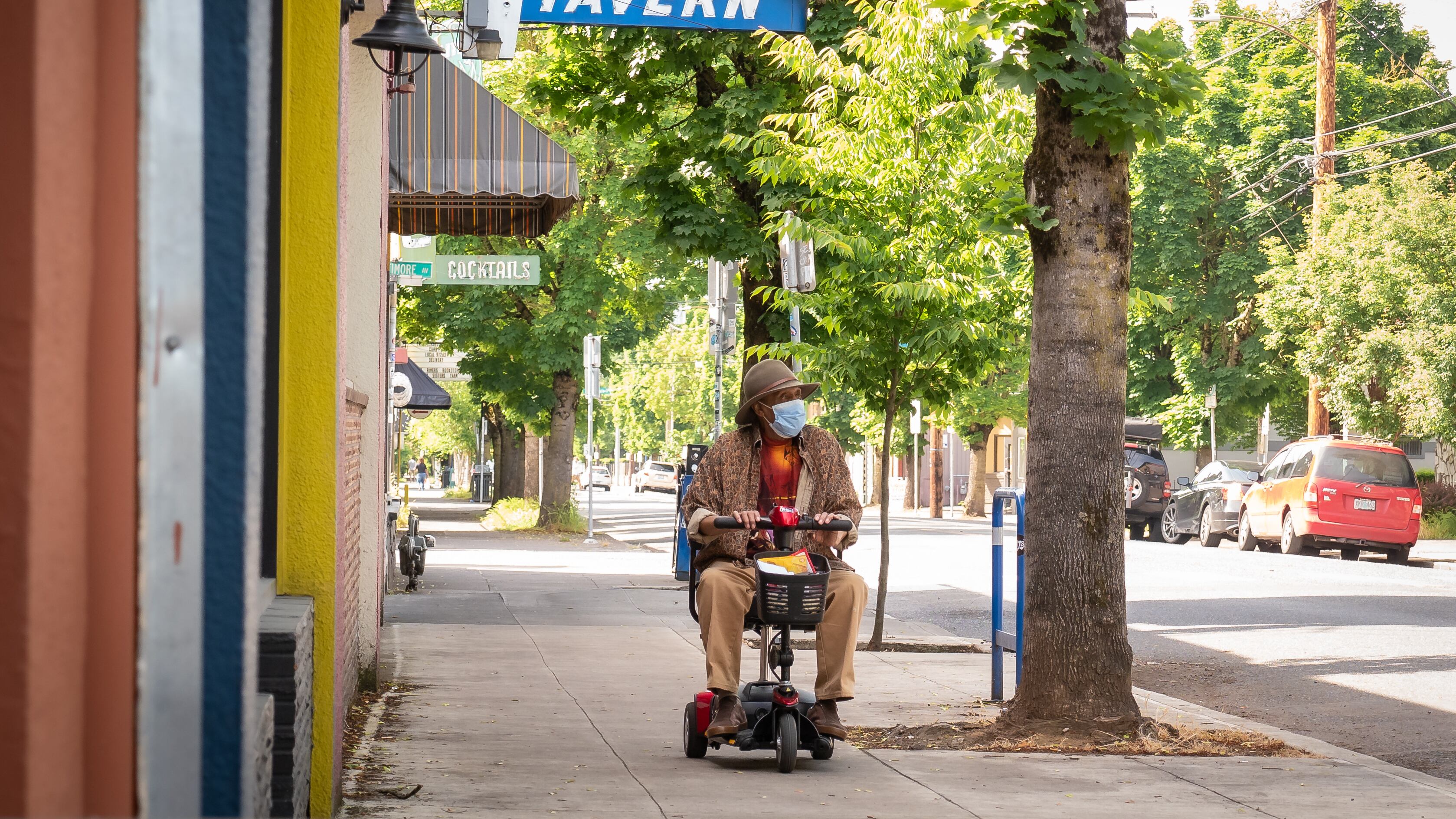New data from Johns Hopkins University's Coronavirus Resource Center shows Oregon is 49th in the nation in the rate of residents tested for COVID-19, testing fewer people per capita than all other states but Idaho.
The university presented its numbers June 3 in terms of tests per 100,000 of population.
Here's how Oregon compares to the states that test the most:
Oregon: 3,261 tests per 100,000 residents
Rhode Island: 15,373
New York: 11,409
New Mexico: 9,871
Here's how Oregon compares with neighboring states:
California: 5,388 per 100,000
Washington: 4,894
Nevada: 5,149
Idaho: 2,790
But Oregon is also an outlier in a positive way: Johns Hopkins reported Oregon has the sixth-lowest rate of positive tests: i.e., only 1.83 percent of those people who do get tested in Oregon test positive for the virus—a relatively low percentage.
The World Health Organization has made 5 percent the threshold rate for positive tests. The organization says states should remain below 5 percent positive for 14 days before they reopen. "A low rate of positivity in testing data can be seen as a sign that a state has sufficient testing capacity for the size of their outbreak and is testing enough of its population to make informed decisions about reopening," the Johns Hopkins researchers wrote.
WW asked the Oregon Health Authority what to make of the Johns Hopkins data.
Here's the response from Dr. Tom Jeanne, an OHA senior health adviser.
WW: Is the Johns Hopkins data accurate?
Dr. Jeanne: "At first glance, the math looks accurate. But comparing the testing rate per 100,000 population ignores the prevalence of COVID-19, which varies from state to state. Oregon was one of the earliest states to implement measures to reduce virus spread, and that has played a large part in our low prevalence of the disease. The bottom line is that Oregon has the fourth-lowest rate of COVID-19 cases per capita of U.S. states [a slight difference from the Hopkins report], and sixth-lowest rate of deaths per capita. Those are key outcome measures that indicate our relative success."
Why is our rate of testing so low?
"Our testing got off to a slow start like many places in the country and world due to lack of supplies. With time, we've gotten our weekly testing capacity up to roughly 37,000 tests per week, though we're performing fewer than that number. Last week, the number of COVID-19 tests reported (18,215) again increased by 5 percent during the week ending Sunday, May 24, compared to the preceding week (17,214).
"More importantly the percentage positive rate has stayed extremely low across time even as overall testing has risen. The test positivity rate in Oregon last week was 1.7 percent, which is far below the national average of 12 percent for that week. A rate that low suggests we are testing enough people. Testing in Oregon has necessarily focused on people with symptoms, and there are simply fewer people with COVID symptoms per capita in Oregon. We know this by looking at other indicators—for example, the percentage of emergency department visits for COVID-like illness, which is now holding steady at below 1 percent in Oregon.
"That tells us we're not missing a lot of symptomatic cases, and we know that symptomatic cases are the most likely to spread the virus. We have also begun a series of antibody studies across Oregon to get a better understanding of the extent of asymptomatic cases.
"All in all, we see progress in our rising total testing capacity and will be looking in future weeks to focus more testing on vulnerable populations. To that end, we changed our testing guidelines on Tuesday to emphasize the need to test in particular groups with or without symptoms."

